

The Liguus Cabinet
Drawer 1


 |
 |
The Liguus Cabinet |
 |
 |
Return to Index
Liguus of the solidus group native to the Southern Florida Keys
 |
 |
 |
 |
|
Liguus fasciatus graphicus |
 |
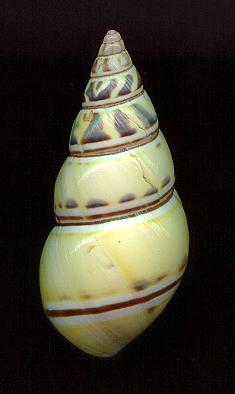 |
 |
 |
|
Liguus fasciatus graphicus |
 |
 |
 |
 |
|
Liguus fasciatus graphicus |
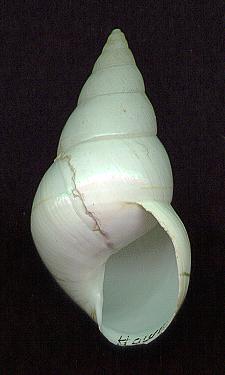 |
 |
 |
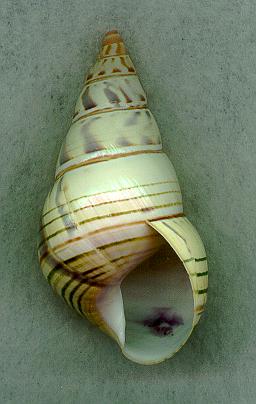 |
|
|
 |
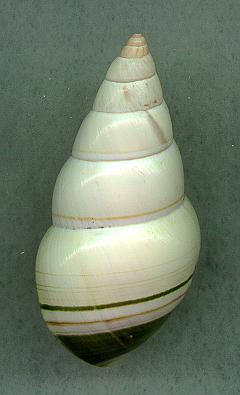 |
 |
 |
|
|
 |
 |
|
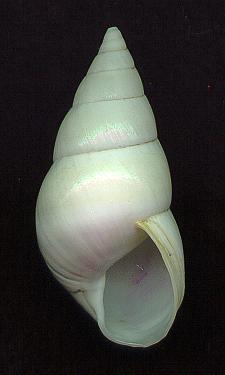 |
 |
 |
 |
Liguus fasciatus solidus |
|
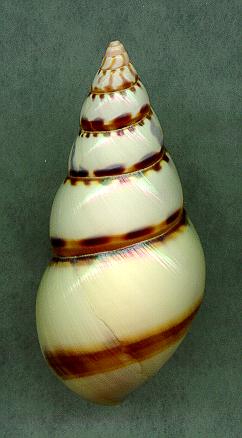 |
 |
|
 |
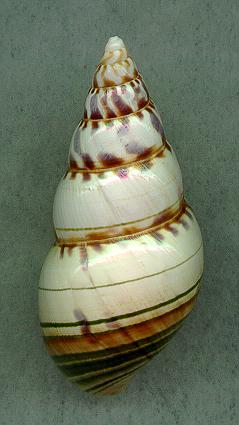 |
 |
 |
|
Liguus fasciatus solidus |
 |
 |
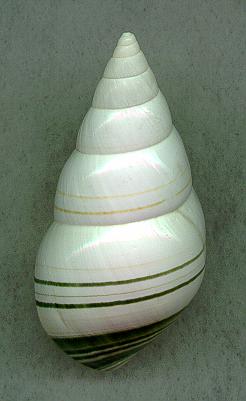 |
 |
|
Liguus fasciatus matecumbensis |